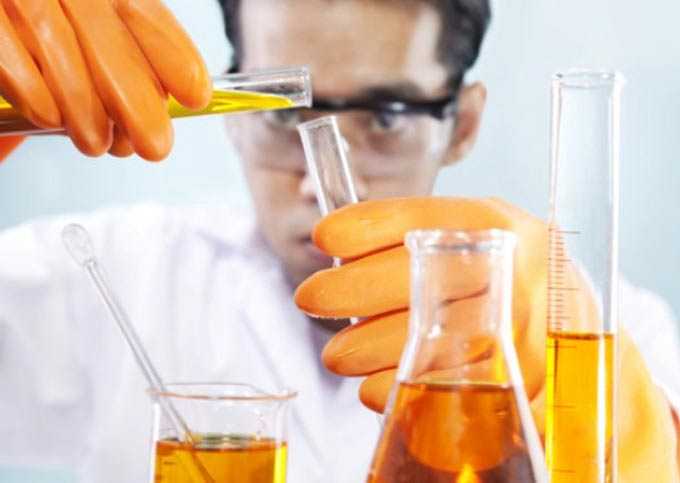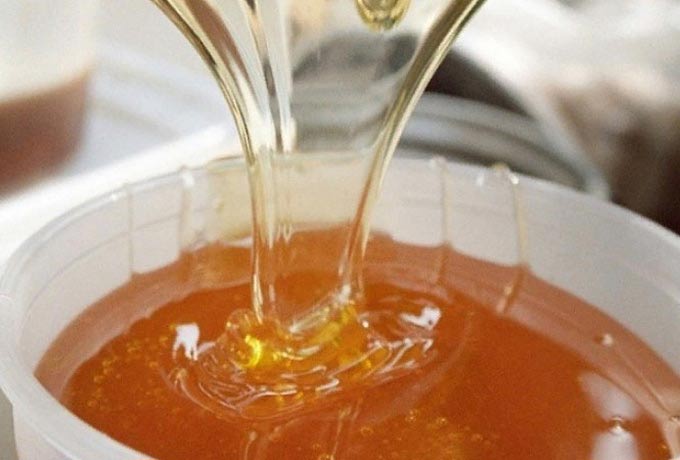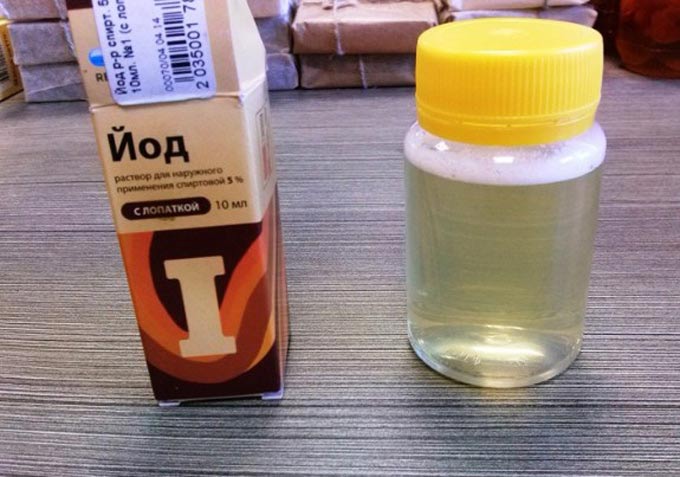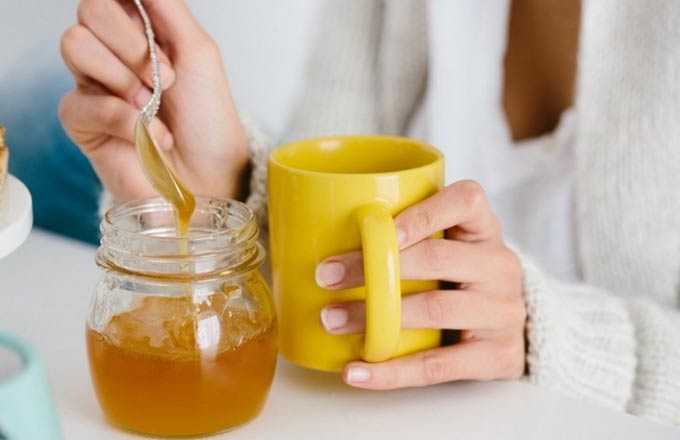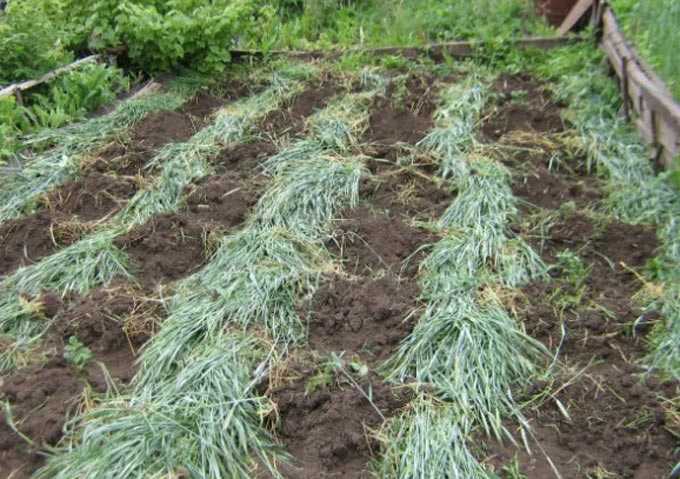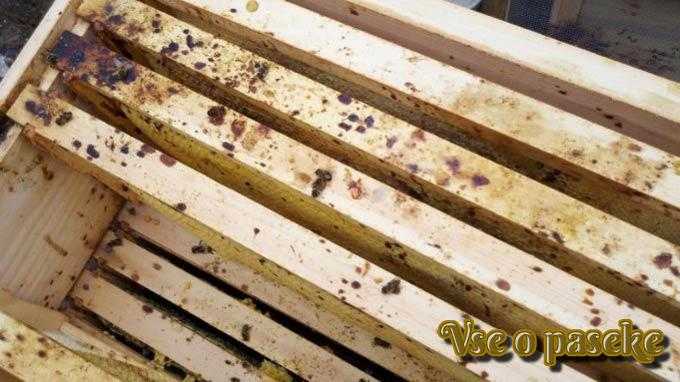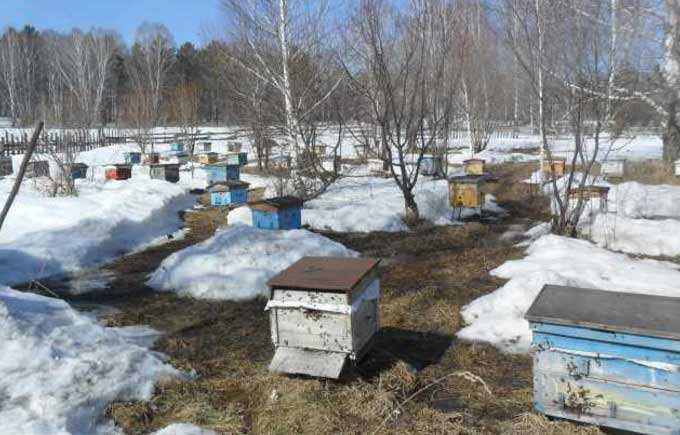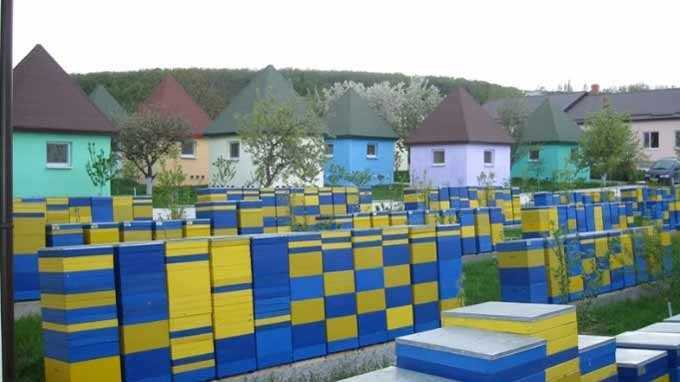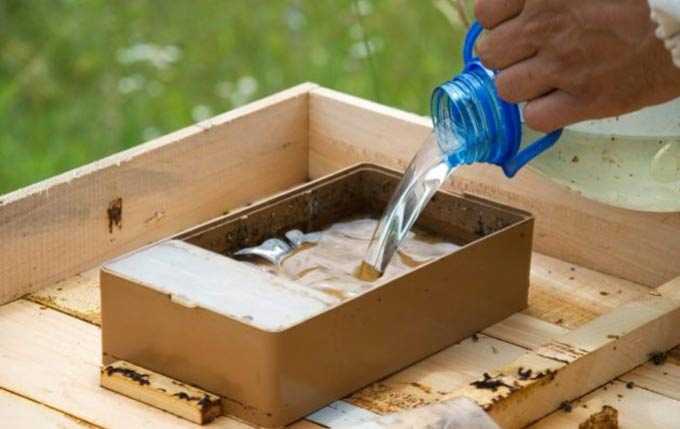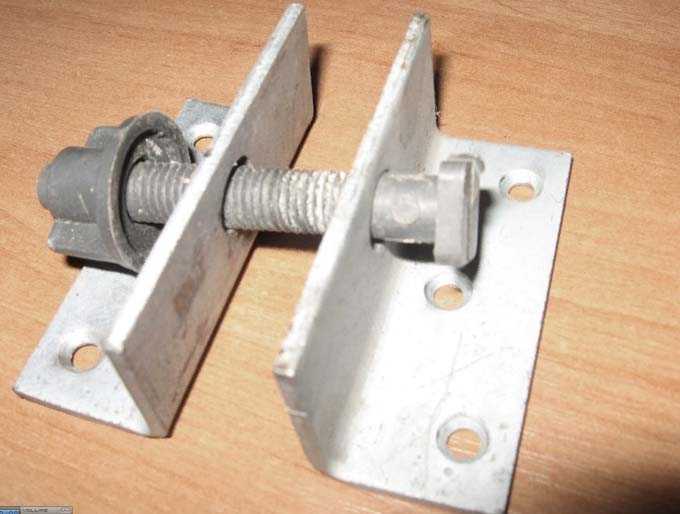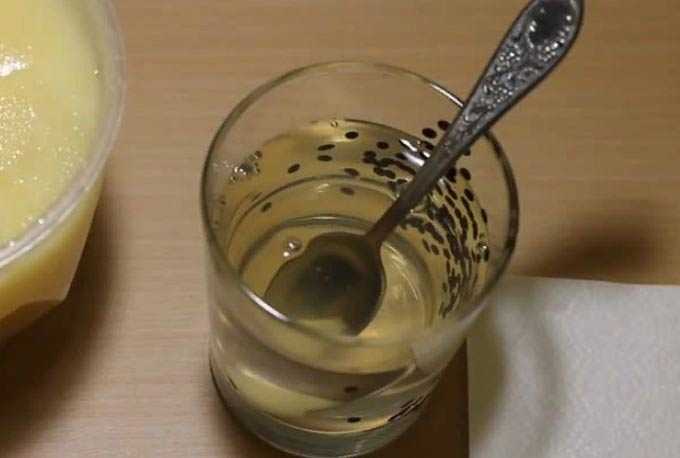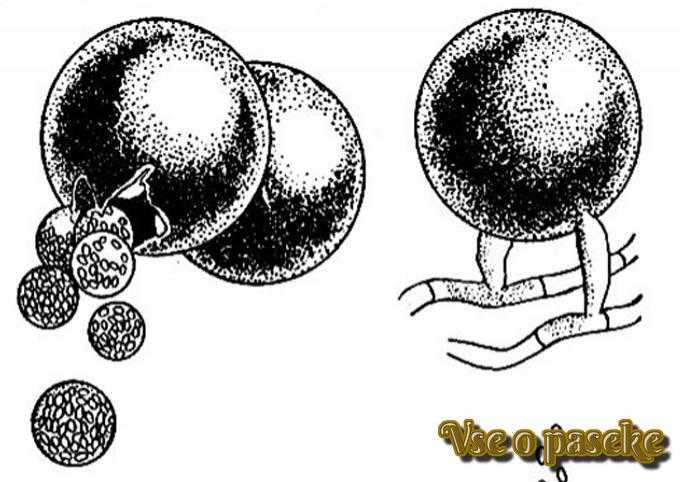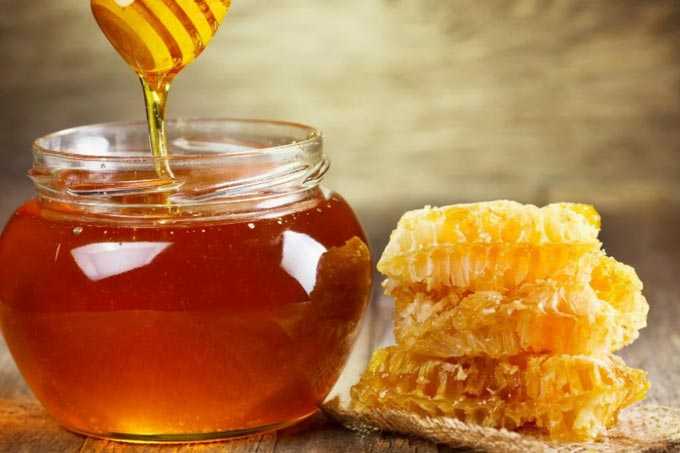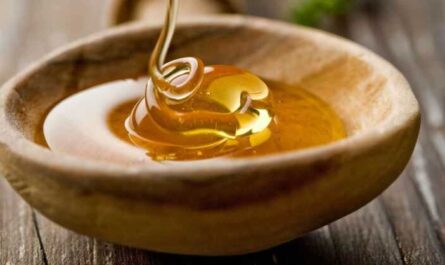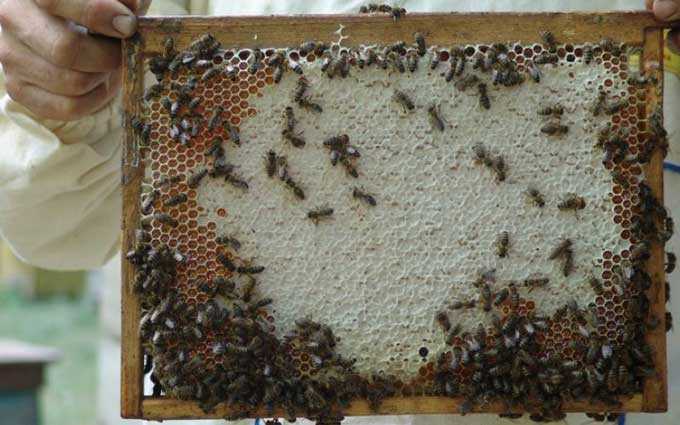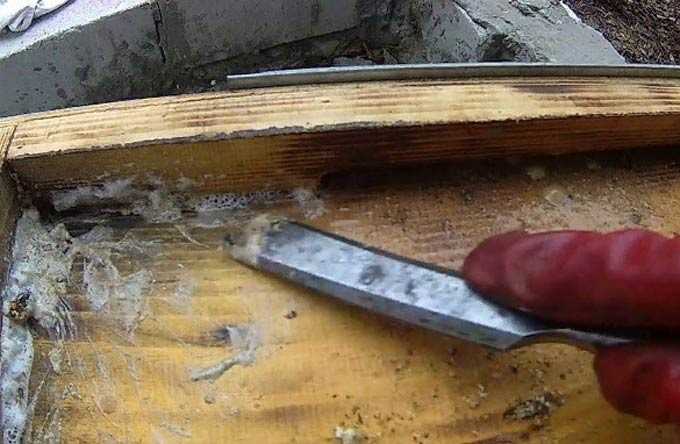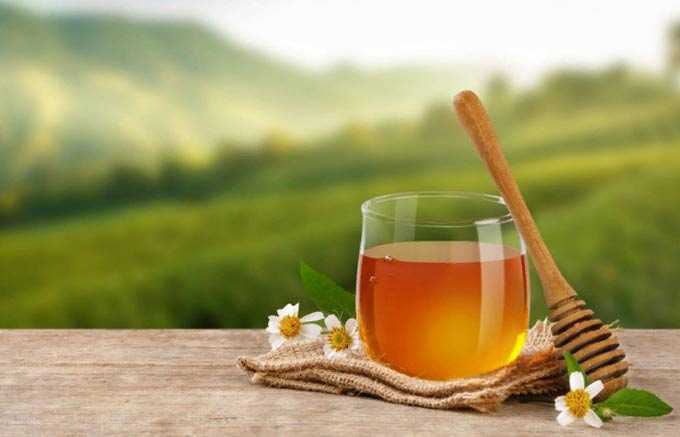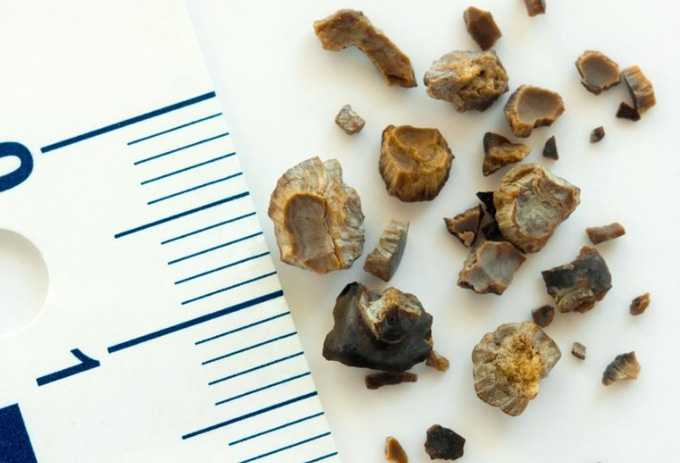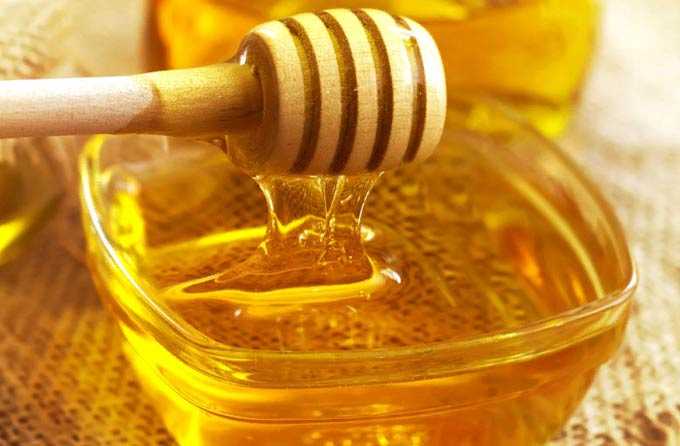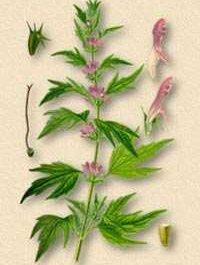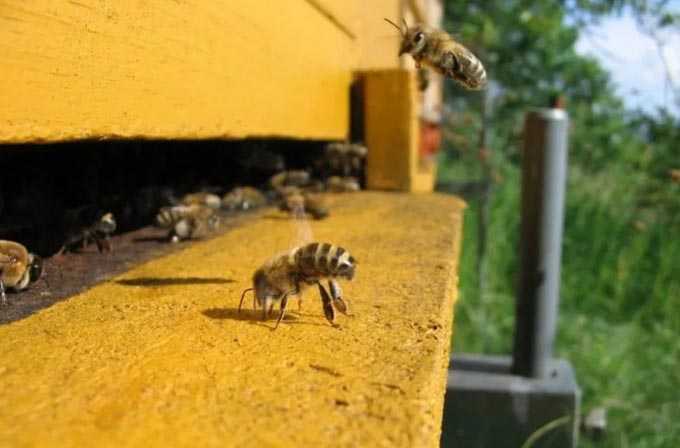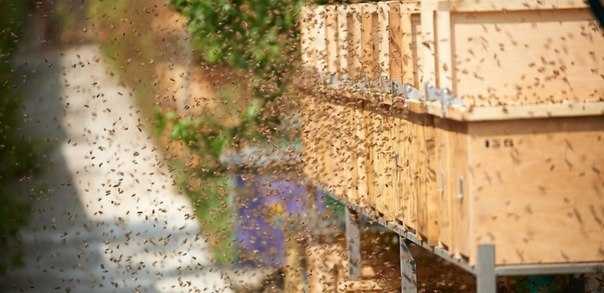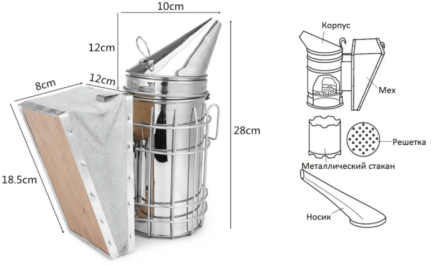Natural honey is a valuable and very popular beekeeping product, produced by bees from the flower nectar of various melliferous plants. It has pronounced medicinal properties and can be used as a daily food supplement (if there is no allergy).
The content of the article
- 1 Classification and main characteristics
- 2 Signs of naturalness
- 2.1 Laboratory tests
- 3 How to tell a fake bee product
- 3.1 Taste
- 3.2 About immaturity
- 3.3 Consistency
- 3.4 Viscosity
- 3.5 Weight and density
- 3.6 Crystallization
- 4 Identification of impurities of chalk, starch, clay
Classification and main characteristics
By the nature of the collected nectar, honey is divided:
- on monofloral (one-component);
- and polyfloral (multicomponent) varieties.
You can read more about this here:
Monofloral (one-component) honey
The main varieties of polyfloral honey
There is also an unnatural product, also created with the help of bees, but without the use of flower nectar. When supplemented appropriately, it may have some medicinal characteristics.
Read: What is unnatural honey – varieties, preparation
Of course, the buyer wants to purchase exclusively natural varieties of bee products at markets and fairs, because they cost a lot of money.
Signs of naturalness
Below are the main features of natural honey, which should be guided by a potential consumer.
The parameters to be evaluated are as follows:
- Colour;
- consistency;
- viscosity;
- density and weight.
Laboratory tests
In vitro, diastase number, moisture content and oxymethylfurfural content are also considered. All these indicators are entered into the test report, which is then issued to the distributor of the product.
Humidity determines maturity. This is a very important indicator, since an excess of water leads to premature fermentation during prolonged storage, especially at elevated temperatures.
Diastasis number indicates the biological activity of the bee product during the decomposition of starch under the influence of the bee enzyme amylase (it is found during the analysis in the form of diastase). The score is given from 5 to 50 units.
Chemical interaction of simple sugars – fructose and glucose determined by the presence of oxymethylfurfural (a certain value is indicated in the protocol).
How to tell a fake bee product
It is possible to distinguish natural honey from fake without any laboratory tests, provided that the buyer is an experienced person.
Of course, modern counterfeiters make their “honey” so skillfully that sometimes only laboratory chemical analysis can detect a fake.
It is difficult for the buyer to make the right choice, because there are many varieties, and the appearance of the bee product strongly depends on:
- from the methods of processing;
- storage conditions;
- degree of maturity.
In addition, there are various misconceptions about honey that are widespread among consumers. For example, many have doubts about natural crystallization (sugaring), which can in no way be considered a sign of a fake!
You can choose natural honey based on its external features listed above. Let’s consider them in more detail.
Taste
Of course, the taste of the bee product is very sweet. The aftertaste will be characteristic, honey – in the mouth and throat you can feel a burning sensation of varying intensity (depending on the variety) and a slight astringency.
The caramel note should be completely absent! She indicates falsification – an admixture of sugar syrup, molasses, aromatic additives.
Bitterness gives an admixture of honeydew. This is also a natural bee product, however, it does not have the same bactericidal properties as the flower one. And not everyone will like the specific taste.
Some sourness indicates immaturity – the presence of excess moisture, leading to fermentation. Honey could be pumped out of the honeycomb ahead of time, not sealed. Or it was stored in a damp room. Yeasts naturally entered the product and begin to multiply.
About immaturity
The issue of immaturity is the most painful for beekeepers, since a benign product is obtained from the honeycomb that is sealed in the hives until the very end of the season. It is extremely difficult to fulfill this condition – a strong bribe requires space to store the newly collected nectar.
Therefore, during the periods of the main honey collection, honeycomb frames are removed from the hives, when about 50-70 percent of the cells are sealed on them. Such a product is considered ripe enough to be stored in a container.
Sealed less than 50 percent of the honeycomb (sometimes the frames are removed with wax lids on only a third of the working surface) – a direct path to fermentation. Honey has not received enough enzymes secreted by bee glands for its maturation. It has a surplus of moisture – water contains more than 21%.
Yeast fungi actively reproduce at temperatures from +11 to +19 degrees. The sugars in the bee product are gradually converted into ethyl alcohol and carbon dioxide. A characteristic foam forms on the surface. There is a change in taste and smell – acid is felt with an admixture of vinegar.
Interestingly, the whole process can be stopped at the very beginning of honey spoilage by increasing the temperature in the room above +19 degrees, or lowering it below +11. It is also unacceptable to store in damp pantries or other areas with high humidity. And the best prevention of fermentation is timely pumping out of the honeycomb.
Souring of honey is also typical for late autumn feeding. The bees do not have time to process the syrup in the combs – unsealed cells promote fermentation right in the hives.
Consistency
This parameter is directly related to the degree of maturity of the bee product and partly with the ambient temperature.
When ripe, all complex sugars in honey have turned into simple ones, and the water (moisture) content does not exceed 21 percent.
The consistency of a mature product is clearly visible at an air temperature of +20 degrees. The trickle of honey stays on the spoon without dripping when it is turned in the air. If you stop rotating, honey will lie on the plate in a slide (without spreading over a large area). Immature drains quickly, including along the walls of a storage container or jar.
In a sugared state, a mature bee product lies in a dense mass, and an immature one gives a small liquid sludge in a container.
Viscosity
The viscosity depends mainly on the ambient temperature.
When it rises to + 35 … + 40 degrees, the viscosity decreases, and when cooled from +30 to +20, it increases – it is restored and becomes the same as before the increase in temperature indicators.
Also, the chemical component has a direct influence on the viscosity index. Sucrose is more viscous than invert sugars. And colloidal substances provide maximum viscosity. For example, the heather variety is poorly pumped out of the combs for this very reason.
By viscosity, they are distinguished:
- very runny;
- moderately runny;
- thick;
- adhesive;
- and thickened honey.
Weight and density
Checking the product through weighing at a moisture content of not more than 20-21% (mature condition) indicates high quality.
One liter of container holds from 1,41 to 1,5 kilograms of high-quality honey. Deviations from the norm are not at all in favor of the product.
Crystallization
This parameter is one of the main stumbling blocks for a newcomer to the honey market.
Crystallization or sugaring is typical for the overwhelming number of honey varieties! It can be accelerated or, conversely, slowed down by changing the temperature.
Read more: Crystallization (Sugaring) of Natural Bee Honey
Crystals are formed most rapidly at temperatures from +12 to +14 degrees. And at +40, they naturally dissolve almost completely.
The structure of a bee product in a candied state depends on the variety. Somewhere the crystals are larger, and somewhere they are smaller and look denser.
If the goods are purchased 2-3 months after the end of the season (mass pumping), the liquid state, with rare exceptions, indicates poor quality, falsification or fake.
Perhaps honey begins to ferment or it was specially heated to give it a presentation. It must be remembered that when heated above 50 degrees, bactericidal properties and characteristic aroma are lost, vitamins are destroyed.
There is also a “reverse side of the coin” – starch, chalk and even … sawdust are specially added to the fake! So counterfeiters create the appearance of normal crystallization.
Identification of impurities of chalk, starch, clay
You can distinguish real honey from fake at home in the following ways:
- Dissolve 2-3 tablespoons of the purchased bee product in warm water, distilled. All impurities will float up or settle to the bottom. So it is possible detect a very gross fake with the addition of sawdust or clay.
- The honey solution must be boiled and cooled, and then add 2-3 drops of iodine. So identify starch or flour – the solution turns blue.
- If it is necessary to detect only chalk, acetic acid is dropped into the same solution. The release of carbon dioxide (“boiling”) demonstrates the presence of chalk impurities.
- starch syrup gives viscosity and viscosity, the bee product does not become sugar for a long time. For a homemade natural test, part of the honey is dissolved in two parts of water. Then a few drops of ammonia are dripped. A fake manifests itself as turbidity – the mixture turns white, and a brown precipitate falls out.
In conclusion, I would like to note that when buying, a potential consumer needs to be fully prepared: to distinguish varieties by colors, smell, taste and consistency. For example, real linden honey should be pale yellow with a sharp specific taste and a pleasant linden aroma. When candied, it looks like lard, has a white color and a fine-grained structure. Crystallization occurs rather quickly, in contrast to acacia.
